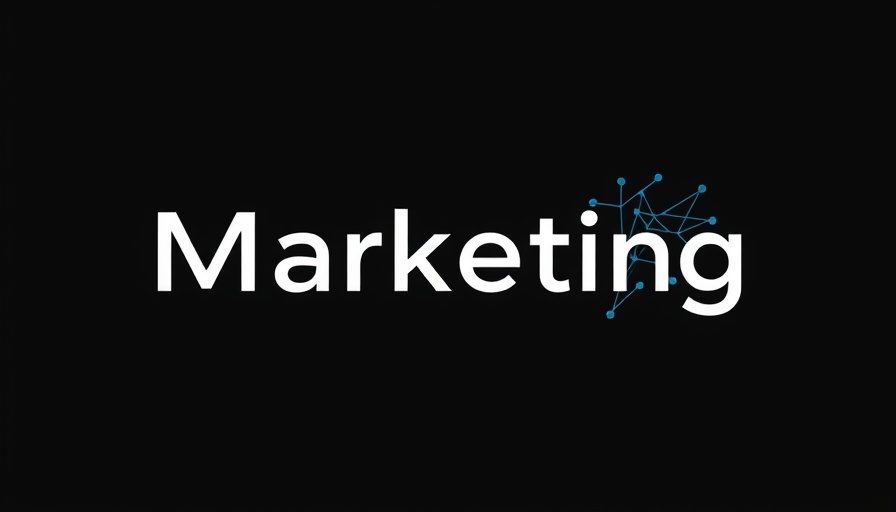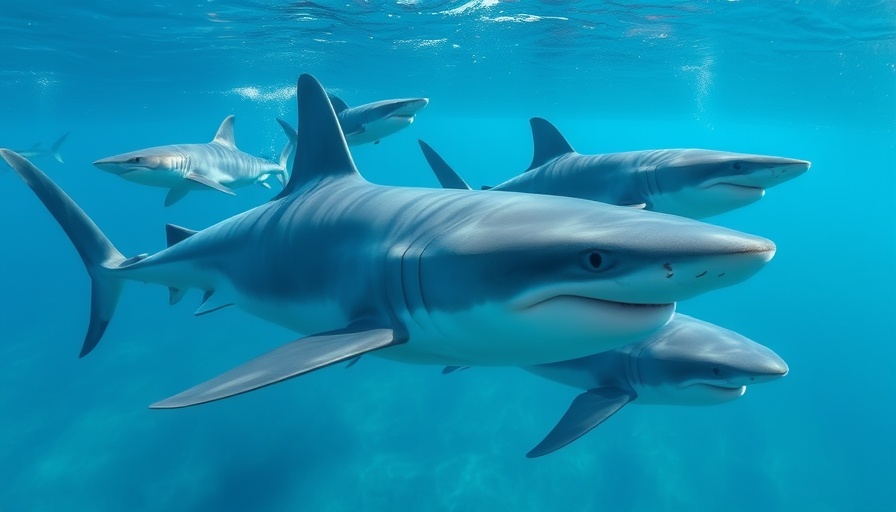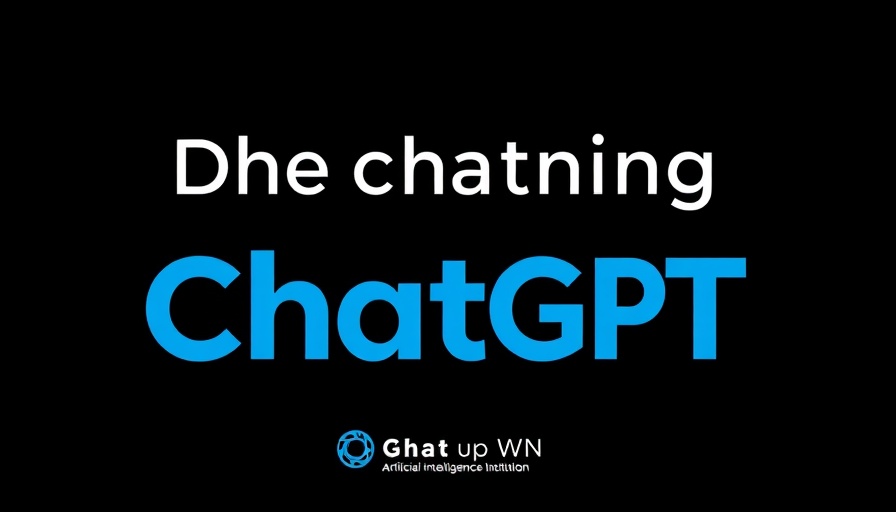
The Rise of AI-Generated Art: A Double-Edged Sword
In recent weeks, ChatGPT has captured the hearts—and ire—of users worldwide with its new image generation capabilities, particularly for creating illustrations reminiscent of the cherished Studio Ghibli style. This transformation of ordinary photos into enchanting, whimsical illustrations has become a viral sensation across social media platforms.
But not all feedback is positive. Many artists and creatives are voicing concerns that this AI experimentation constitutes a form of creative theft. They fear the implications of AI technologies training on copyrighted materials without permission, igniting a heated debate about the ethics of artificial intelligence in artistic domains.
What’s Behind the Ghibli Filter Phenomenon?
The idea of adopting Studio Ghibli's well-loved aesthetic for digital art is appealing to many, providing users with unique ways to reinterpret their images. Yet the backlash from artists is robust. Paul Roetzer, founder of the Marketing AI Institute, points out that AI models like ChatGPT have likely been trained on copyrighted content, raising serious questions about intellectual property rights. As he succinctly states, it appears that AI developers are entering a phase where they rely on the notion of "fair use" while capitalizing on the creative works of others without their consent.
The Legal Concerns Looming Over AI
The issue sheds light on a broader dilemma within the AI community: How should these technologies navigate copyright and artistic integrity? This is not merely a discussion about Ghibli; it encompasses authors and artists across the board who are grappling with the fallout of AI practices that potentially infringe on their rights. Each new innovation in AI art prompts growing skepticism about originality and the future value of human-created art.
Navigating the Future of AI Artistry
As these tools evolve, the digital art landscape may face significant transformations. Understanding the implications of using AI while respecting creative rights will be essential to fostering innovation without undermining the very originality that makes art beautiful. Artists, marketers, and AI developers should engage in ongoing dialogues to ensure that advancements support creative freedom rather than stifle it.
In summary, while ChatGPT's Ghibli-style feature represents a whimsical triumph in AI creativity, it also serves as a wake-up call for a more responsible approach to artistry in the digital age.
 Add Row
Add Row  Add Element
Add Element 



 Add Row
Add Row  Add
Add 


Write A Comment